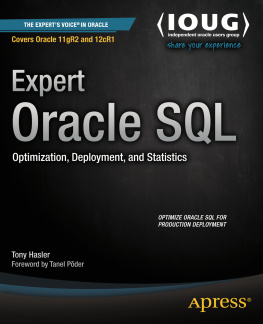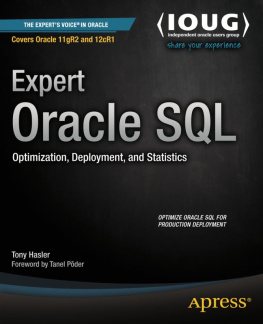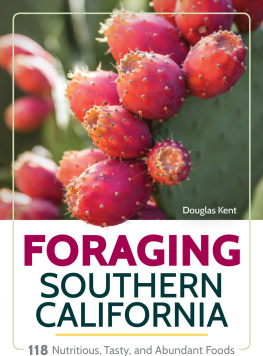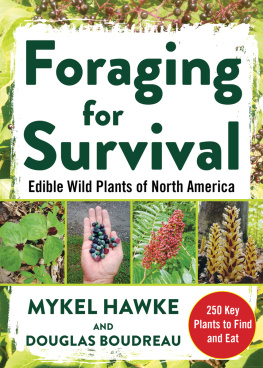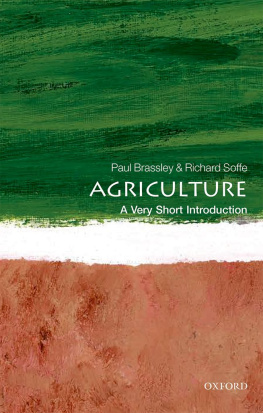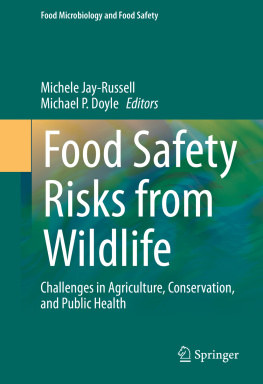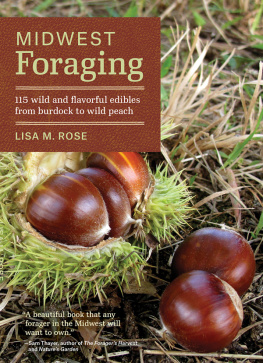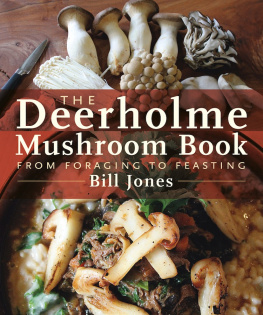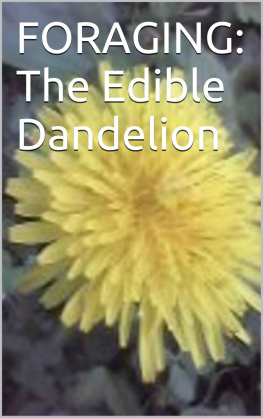AGRICULTURE, FORAGING
AND WILDLIFE RESOURCE
USE IN AFRICA
AGRICULTURE, FORAGING
AND WILDLIFE RESOURCE
USE IN AFRICA
CULTURAL AND POLITICAL DYNAMICS IN
THE ZAMBEZI VALLEY
RICHARD HASLER
First published in 1996 by Kegan Paul
This edition first published in 2009
by Routledge
2 Park Square, Milton Park, Abingdon, Oxon, OX 14 4RN
Simultaneously published in the USA and Canada
by Routledge
270 Madison Avenue, New York, NY 10016
Routledge is an imprint of the Taylor & Francis Group, an informa business
Richard Hasler 1996
Transferred to Digital Printing 2009
All rights reserved. No part of this book may be reprinted or reproduced or utilised in any form or by any electronic, mechanical, or other means, now known or hereafter invented, including photocopying and recording, or in any information storage or retrieval system, without permission in writing from the publishers.
British Library Cataloguing in Publication Data
A catalogue record for this book is available from the British Library
ISBN 10: 0-710-30515-X (hbk)
ISBN 13: 978-0-710-30515-2 (hbk)
Publisher's Note
The publisher has gone to great lengths to ensure the quality of this reprint but points out that some imperfections in the original copies may be apparent. The publisher has made every effort to contact original copyright holders and would welcome correspondence from those they have been unable to trace.
DEDICATED TO THE MEMORY OF
THE LATE MR. MTAMAWO
Contents
Illustrations
Maps
Figures
Plates | between pages 146 and 147 |
Preface
Zimbabwe is undertaking an experiment in the sustainable use of wildlife for the benefit of local communities. The Communal Areas Management Program for Indigenous Resources (CAMPFIRE) aims to devolve control and benefits from hitherto state-controlled wildlife through locally based wildlife utilization common property regimes.
This study is the documentation and analysis of anthropological fieldwork spent among the VaChiKunda and Mvura of Chapoto ward. The focus of the research is the cultural and political dynamics associated with wildlife resource use relevant to the CAMPFIRE program. Chapoto ward is a test case for the program, because it has ecological characteristics which suggest that wildlife utilization could become a sustainable alternative means of land usage.
Conflicting and ambiguous rights and vested interests in natural resources emanating from ward, district, national and global levels result in multiple jurisdictions concerning use, ownership, access to or control of wildlife. This militates against the success of locally based common property wildlife utilization regimes as envisaged by CAMPFIRE. The cultural and political dynamics of wildlife resource use, which buttress these vested interests and ambiguous rights, include historical factors, global factors, national policy, system of local government, ethnicity, chieftainship, indigenous knowledge, marriage arrangements, micro-politics, ancestral belief systems, settlement patterns, household cluster economics and decision-making, and competing land-use strategies including foraging, hunting, and cotton and maize production.
The social heterogeneity of Chapoto ward and the differentiation of vested interests and rights in resources makes us question the analytic potential of common property theory for sustainable wildlife utilization. The CAMPFIRE emphasis on locally based communal property regimes may be misplaced because of the multiple levels and jurisdictions involved. Local bundles of rights in wildlife include those associated with the safari operator, Department of National Parks and Wild Life Management, local government, district council, ancestral spirits, chief, illegal hunters, foragers, agriculturalists, the wildlife committee, and others. It is argued that a multi-tiered co-management regime may be analytically more appropriate in dealing with the complexity of levels and jurisdictions involved. Such a regime would entail clarification and articulation of these various rights. In this regard, appropriate institutional arrangements for managing wildlife at local level are suggested.
Acknowledgements
This study was conducted while I was employed as a Research Fellow in the Center for Applied Social Sciences (CASS) at the University of Zimbabwe. The Research Fellowship was funded by a joint Ford Foundation/IDRC grant as part of a broader project in socio-economic issues important for natural resource management in Zimbabwe's communal areas. I received additional support in the form of a Rockefeller Sub-Saharan Africa Dissertation Internship Award. I would like to express my sincere thanks for this generous support.
My job in CASS was a component of a larger research endeavor concerning the identification, evaluation, monitoring and implementation of the Communal Areas Management Program for Indigenous Resources (CAMPFIRE). Four agencies were involved in this collaborative research agenda. Ecological and economic research was mainly conducted by the World Wide Fund for Nature (WWF) and the Department of National Parks and Wild Life Management (DNPWLM). Socio-economic research was mainly conducted by CASS, and implementational issues were mainly addressed by the Zimbabwe Trust (ZimTrust) and DNPWLM.
Sincere thanks go to the chairperson of my doctoral committee, Professor William Derman of the Anthropology Department, Michigan State University and to my director, Professor Marshall Murphree of CASS, University of Zimbabwe. I am indebted to Professor Murphree for identifying the ward as a suitable research site and offering assistance, support and feedback. I would like to thank Professor Derman for visiting me while I was in the field and for assisting in the development of the study in all its stages by facilitating, and where necessary, challenging my ideas and helping me to overcome obstacles to the completion of this work. I also would like to acknowledge the support of my other committee members, namely, Professor Charles Cleland, Professor John Hinnant of the Anthropology Department and Professor David Campbell of the Geography Department, all at Michigan State University. Sincere thanks to you all.
Thanks also to Dr. Calvin Nhira, Research Fellow, CASS, University of Zimbabwe, who introduced me to the ward in October 1989. I would like to acknowledge that both Calvin Nhira and Dr. Charles Cutshall, who was then a senior lecturer in CASS, had conducted important survey research in the ward prior to this fieldwork. In addition, Mr. Alistair Buchan, a research fellow with the WWF, conducted an ecological resource survey while I was in the field. I am indebted to all these colleagues, whose work I have drawn on, for laying the groundwork for this study.
Thank you to the former District Administrator for Guruve district, Mr. T. Maveneke, for giving permission to do the research. Thanks also to Chief Chapoto and to the ward councillor, Mr. Zekiel Kanyemba, for allowing me to reside in the ward. I am particularly indebted to my chief research assistants, Mr. Matthew Chidota Kaputi and Mr. Prosper Kuyeri. Together we walked and talked many hours of Zambezi time in sweltering heat.
I am also indebted to all those people in the ward who facilitated my stay, including Headman Mr. Mugonapanja and his family, Mr. Dumba and his family, who always offered me food and drink, Mr. Charuma, the headmaster, Mr. Marisa, the nurse, and the many others who spent time with me and/or my assistants discussing issues. I would also like to thank the late Mr. Mtamawo and Mr. Eria, Mr. Isaac, Mr. Kaberi and Mr. Chiyambo for their time. There are so many others that I should mention but space does not allow me to mention them by name. Thank you to all Chapoto ward residents.




